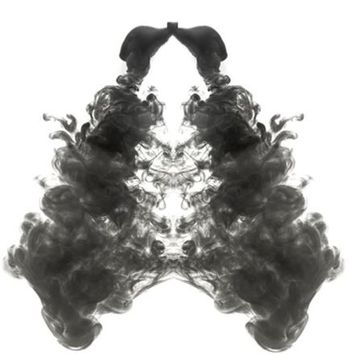
COPD and Primary Care: A Few Important Questions
How are COPD patients using synthetic cannabinoids? Do breathing exercises always improve symptoms? Answers and more questions in this quick quiz.
Inhaler use errors are common in primary care patients with COPD, so what are most of them related to? Which primary COPD symptom is NOT improved by breathing exercises? And, how are COPD patients using synthetic cannabinoids?
Take this brief quiz to find out what you know about the latest research and developments in COPD management.
1. In a study of inhaler use in primary care patients with COPD, the majority of errors were related to what factor?
A. Dose preparation
B. Devices
C. Inhalation technique
D. A combination of devices and inhalation technique
Please click here for
Answer: B. Devices. Close to half of the primary care patients with COPD made at least 1 error in inhaler use. Among the errors, 50% were related to devices, 31% to inhalation technique, and 19% to both devices and inhalation technique. Patients with ≥2 devices made more errors than those with 1 device, although the difference was not statistically significant. The study was recently published in
2. In a meta-analysis of the value of breathing exercises for patients with chronic COPD, which symptom did NOT show significant improvement?
A. Respiratory rate
B. Tidal volume
C. Dyspnea
D. Inspiratory time
Please click here for
Answer: C. Dyspnea. Respiratory rate improved significantly with pursed-lip breathing (PLB), ventilator feedback (VF) plus exercise, diaphragmatic breathing exercise, and combined breathing exercises. Tidal volume, inspiratory time, and total respiratory time also improved significantly with PLB. Significant improvements were seen in inspiratory capacity with VF plus exercise and in the physical component of quality of life with singing. Dyspnea did not improve significantly with all of the exercises. The study appeared this summer in the
3. Among study patients with incident COPD who started pharmacologic therapy within 30 days, which medication was used most frequently?
A. Short-acting β-2 agonists (SABA)
B. Long-acting muscarinic antagonists (LAMA)
C. Long-acting bronchodilator–containing medications/inhaled corticosteroids (LABA/ICS)
D. ICS without LABA
Please click here for
Answer: A. Short-acting β-2 agonists (SABA). More than half (56.3%) of the study patients started medication within 30 days. The frequency of use was SABA, 60.5%; LABA/ICS, 41.6%; ICS without LABA, 14.2%; and ICS without LABA as monotherapy, 4.5%. The proportion of patients who initiated any ICS was similar in hospital and outpatient settings and decreased over time in both. Drug adherence during the first year was higher among hospital patients than outpatients and improved over time. The study appeared in the
4. In a recent study, how frequent was incident off-label oral cannabinoid use in older adults who have COPD compared with those who did not have COPD?
A. Half as frequent
B. Equally frequent
C. Twice as frequent
D. 4 times as frequent
Please click here for
Answer: C. Twice as frequent. Older adults with COPD used synthetic cannabinoids (nabilone and dronabinol) twice as frequently as those without COPD (0.6% vs 0.3%) and used them for significantly longer durations and at higher doses. The findings raised safety concerns because synthetic oral cannabinoids may have adverse respiratory effects. The research was published in September in
5. Loneliness in study patients who have moderate-to-severe COPD is associated with which of the following?
A. Emergency department visits
B. Worse perception of health
C. Less health care utilization
D. All of the above
E. A and B
Please click here
Answer: E. A and B. Loneliness in patients with COPD was significantly and independently associated with ED visits and reduced health perception. Study patients who reported feeling lonely had worse health ratings, 6-minute walk tests, and breathlessness. Addressing loneliness in patients with COPD in the outpatient setting may help improve health perception and reduce health care utilization. Results were reported in
For more information on all questions and answers, please visit
----------------------------------------------------------------------------------------------
Stay in touch with Patient Care® Online:
→Subscribe to our
Newsletter
Enhance your clinical practice with the Patient Care newsletter, offering the latest evidence-based guidelines, diagnostic insights, and treatment strategies for primary care physicians.

















































































































































































































































































